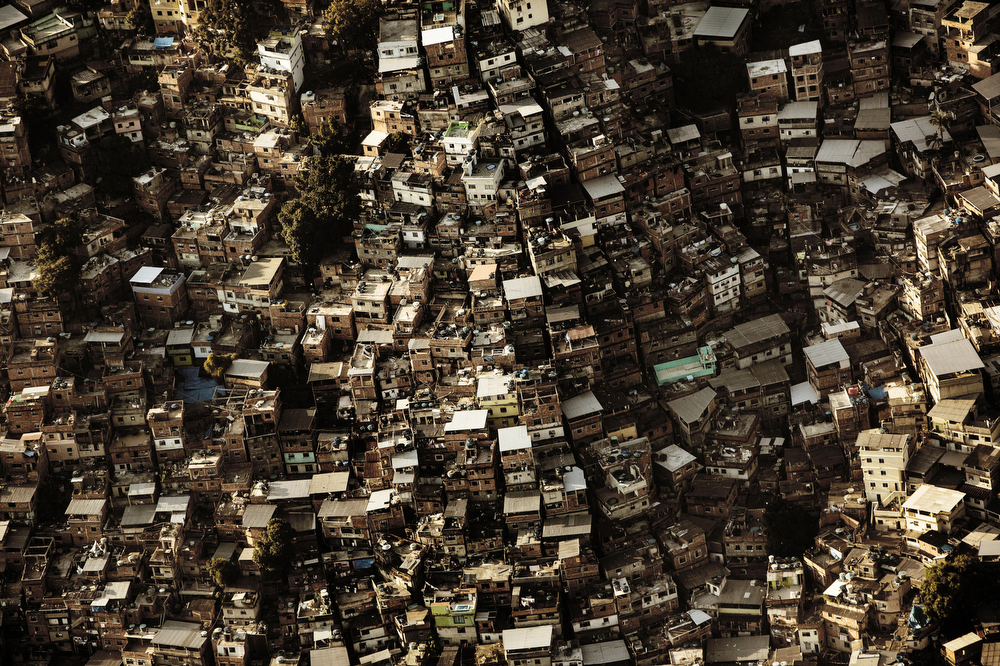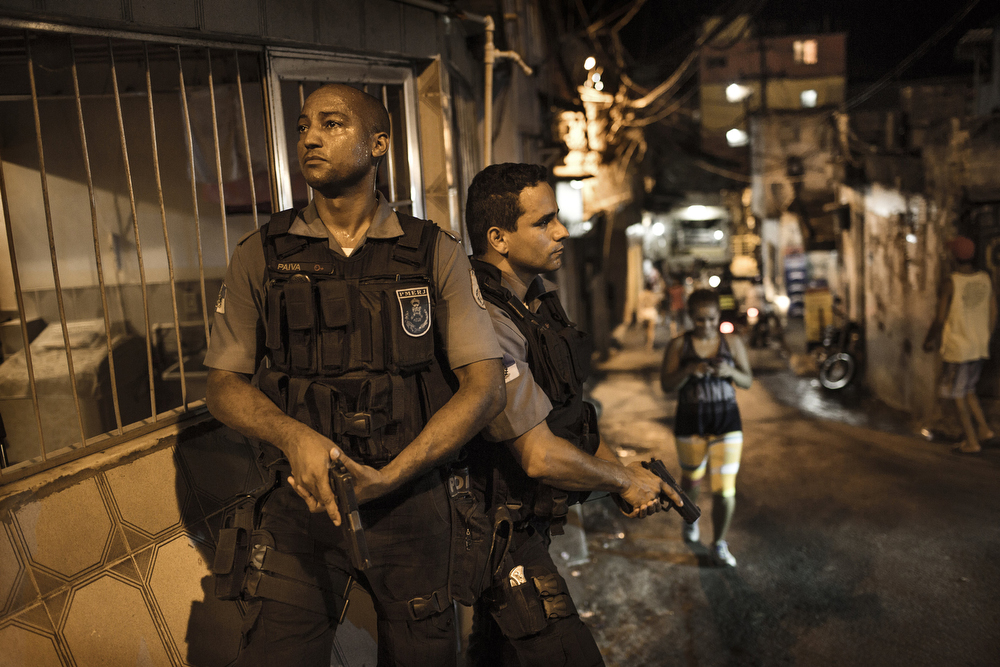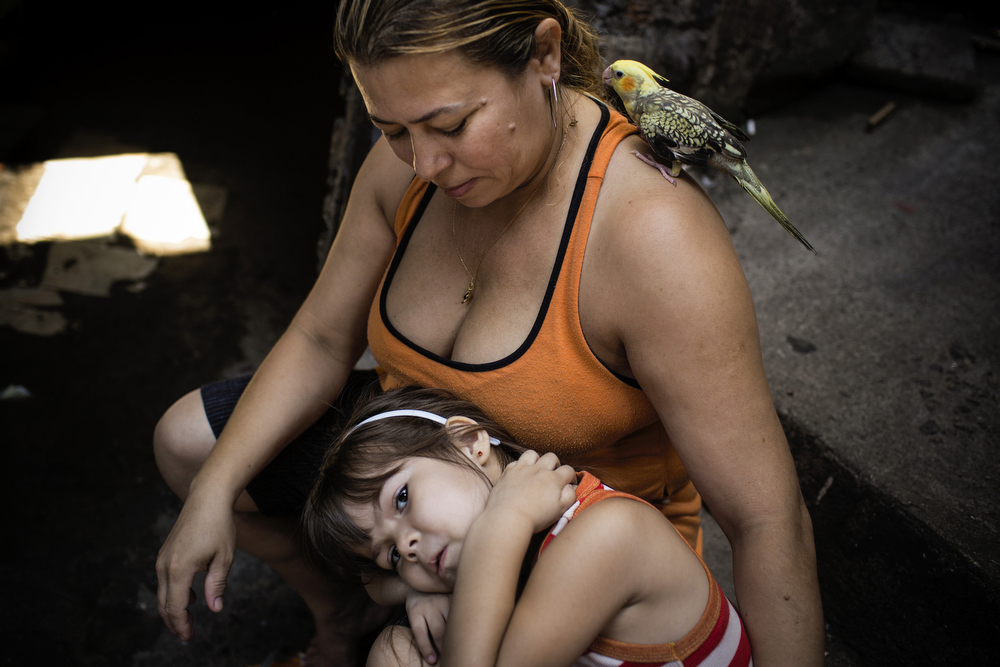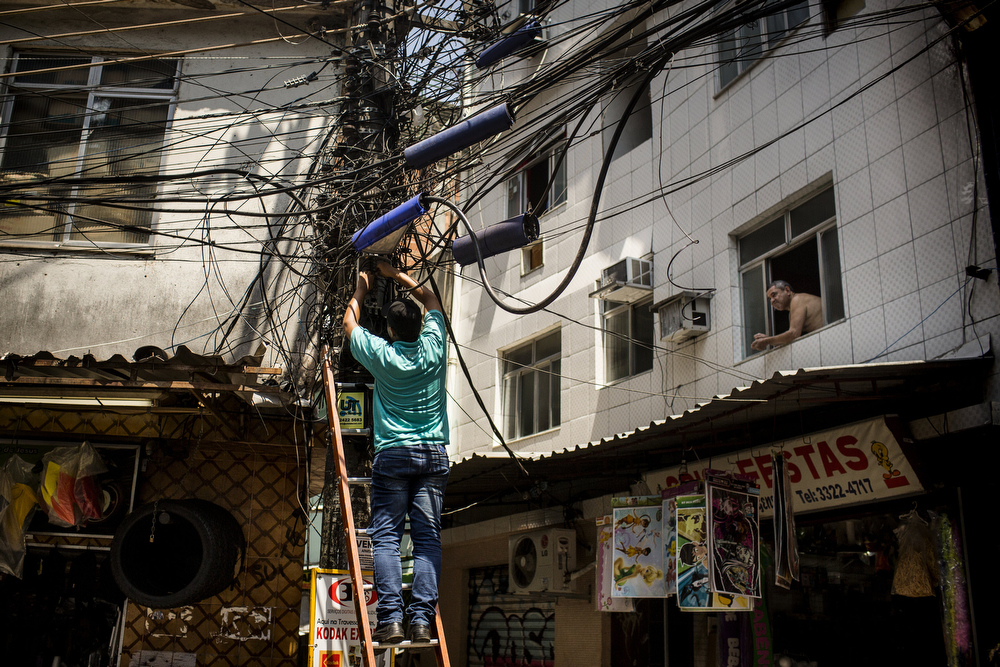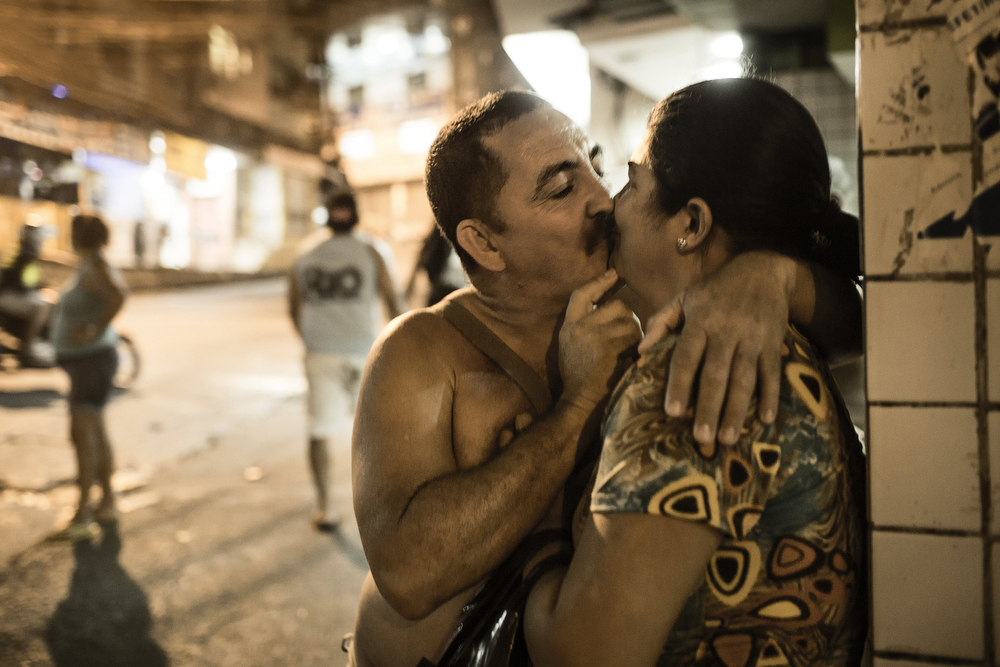Favela
Rocinha is the largest favela in Brazil. According to an official census around 70,000 people live in the shantytown, but unofficial estimates are as high as 2- or 300,000. Rocinha, like many other favelas, has been known to be a hiding place for drug traffickers and other criminals. But Rocinha has much more to offer than gangs and police raids. In eight years’ time - from 2003 until 2011 - 40 million of the 200 million citizens in Brazil joined the middle class, and many of them live in favelas like Rocinha. In a way the development of Rocinha is exemplary of the change that Brazil has gone through in the last decades. When Rocinha was founded it consisted of simple shacks built on a steep hill prone to mudslides. Now the area consists of brick and concrete houses that are sometimes three or four stories high, most of them with basic sanitation, plumbing and electricity. Every day thousands of locals go to work around Rio where they work as waiters, receptionists and cleaners. 75 percent of the inhabitants of Rocinha who have a job work outside the favela, but today there is also more business and activity than ever before in the 85 year old slum. Today there is even a main street winding its way up through the neighbourhood. Motorbikes used as taxis with drivers dressed in green vests go up and down the steep street. They honk their horns and take customers on the back for a few coins.
